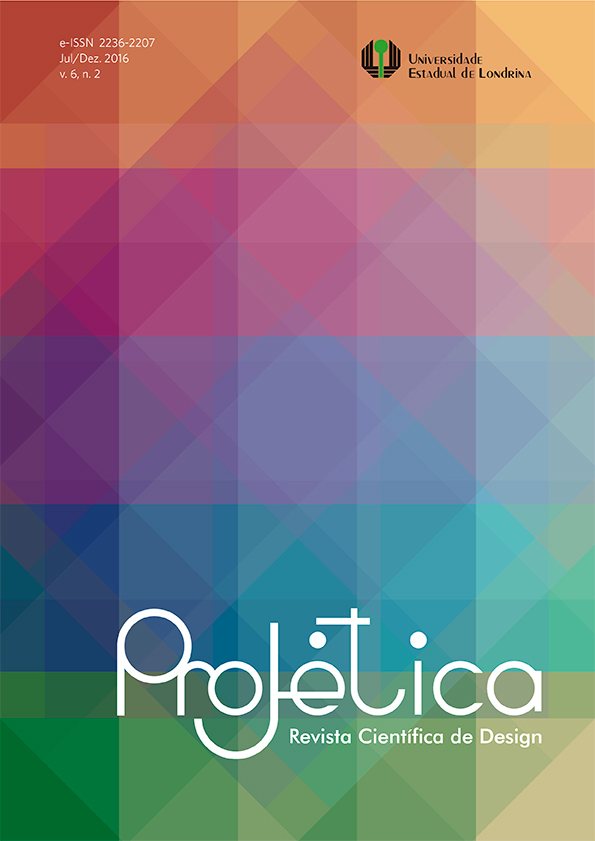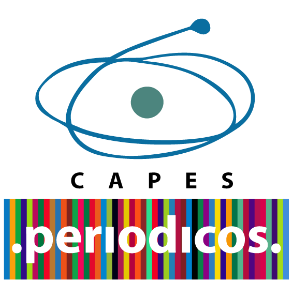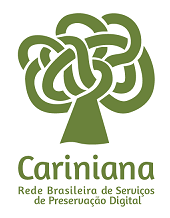Replication strategies and design solutions for a creative and collaborative organization
DOI:
https://doi.org/10.5433/2236-2207.2016v7n2p53Keywords:
Social innovation, Creative organizations, Replication, Design Solutions.Abstract
Social innovation has emerged from creative and collaborative organizations. It is assumed that such initiatives can be replicated and/or improved through of design solutions. The objective of this study was to spread the idea of Omunga Social Grife organization. This initiative promotes access to reading for children and adolescents. The method used was the case study, supported by the toolkit DESIS International Network and service design tools. The obtained results were the delineation of organization’s management model and the understanding of their actuation system and interaction process between the interested parts.Downloads
References
DESIS-NETWORK. Design for Social Innovation and Sustainability. Disponível em: http://desis-network.org/. Acesso em 01/07/2015.
EU COMMISSION. Innovative Business Models with Environmental Benefits. Final report, n.4, nov., 2008.
MANZINI, E. Design para a inovação social e sustentabilidade. Cadernos do Grupo de Altos Estudos, Programa de Engenharia de Produção da Coppe/UFRJ, Rio de Janeiro, v.1, 2008.
MANZINI, E.; PENIN L.; GONG, M.; CIPOLL, C.; M’RITHAA, M.; MENDOZA, A. The DESIS Network: Design and Social Innovation for Sustainability. In: The Journal of Design Strategies: Change Design. v. 4, n.1. p. 14-21, Spring, 2010.
MANZINI, E.; VEZZOLI, C. A strategic design approach to develop sustainable product service systems: examples taken from the “environmentally friendly innovation” Italian prize. Journal of Cleaner Production, 11, 8, p. 851-857. 2003.
MEPSS. Methodology for PSS. Disponível em: www.mepss-sdo.polimi.it. Acesso em 01/07/2015.
MURRAY, R.; CAULIER-GRICE, J.; MULGAN, G. The Open Book of Social Innovation. London, NESTA/The Young Foundation, 2010. Disponível em: http://www.nesta.org.uk/publications/assets/features/the_open_book_of_social_innovation. Acesso em: 01/07/2015.
ONU. Declaração Universal dos Direitos Humanos. 1984. Disponível em: http://nacoesunidas.org/declaracao-universal-dos-direitos humanos/. Acesso em 01/07/2015.
PEREIRA, C.; CAMPOS, J. L. Design para a sustentabilidade: o tecido social em processo de re-singularização. bocc. p.1-6, 2009. Disponível em http://www.bocc.ubi.pt/pag/pereira-design-bocc-05-09.pdf. Acesso em: 01/07/2015.
ROOM TO READ. Disponível em http://www.roomtoread.org/. Acesso 01/07/2015.
SACO, Roberto M.; GONÇALVES, Alexis P. Service Design: an Appraisal. Design Management Review. v.19, n.1, p. 10-19, 31 mar, 2008.
VEZZOLI, C. Design de sistemas para a sustentabilidade: teoria, métodos e ferramentas para o design sustentável de “sistemas de satisfação”. Carlo Vezzoli - Salvador: EDUFBA, 2010.
YIN, R. K. Estudo de caso: planejamento e métodos. 4. ed. Porto Alegre: Bookman, 2010.
Downloads
Published
How to Cite
Issue
Section
License
Projética está licenciada sob a Creative Commons Attribution CC-BY 4.0 International. Os autores detém os direitos autorais e concedem à revista o direito de exclusividade de primeira publicação.
Os autores dos trabalhos aprovados autorizam Projética a, após a publicação, ceder seu conteúdo para reprodução em indexadores de conteúdo, bibliotecas virtuais e similares.
Os autores assumem que os textos submetidos à publicação são de sua criação original, responsabilizando-se inteiramente por seu conteúdo em caso de eventual impugnação por parte de terceiros. As opiniões emitidas pelos autores dos artigos são de sua exclusiva responsabilidade.
A revista se reserva o direito de efetuar, nos originais, alterações de ordem normativa, ortográfica e gramatical, com vistas a manter o padrão culto da língua e a credibilidade do veículo. Respeitará, no entanto, o estilo de escrever dos autores. Alterações, correções ou sugestões de ordem conceitual serão encaminhadas aos autores, quando necessário. Nesses casos, os artigos, depois de adequados, deverão ser submetidos a nova apreciação. As provas finais não serão encaminhadas aos autores.











